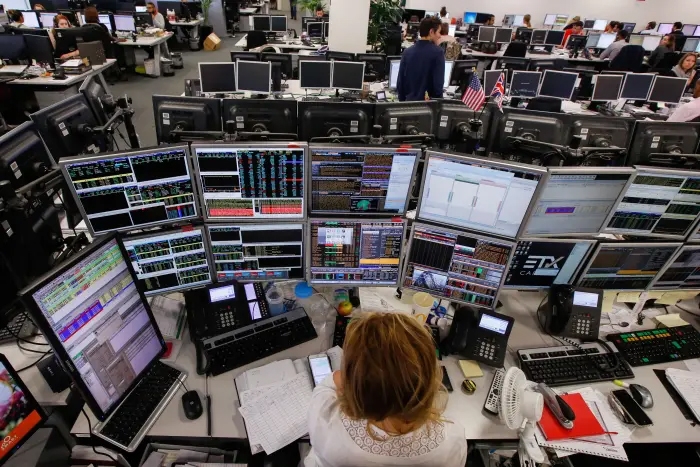
Markets are trading with a more cautious tone, with equity markets making modest losses, global rates nudging lower, and commodity currencies underperforming overnight. The NZD has traded mostly below 0.69 overnight, after touching a fresh 20-month high yesterday.
A number of key US equity market indices closed at a record high yesterday following news of Moderna’s positive phase-3 trial, but trading overnight has taken on a more cautious tone. The market is attempting to trade off a very positive medium-term outlook as vaccines are rolled out globally, which will take a long time, against the short-term retracement in growth across the US and Europe as the impact of the spreading virus takes hold. The S&P500 has traded in negative territory for the entire session so far and is currently down 0.3%.
The 7-day average of new COVID19 cases in the US has blasted up through the 150,000 mark, meaning a run-rate of more than a million new cases per week, a figure that is likely to explode higher, given the limited lockdown restrictions in place. New case numbers across Europe are still very high but on a falling trend, supported by the recent round of lockdown restrictions. In the UK, a senior government medical advisor said that PM Johnson should consider strengthening regional restrictions.
On the economic data front, US retail sales for October grew at their slowest pace in six months, undershooting market expectations, although the net result of revisions for the prior two months was positive, so the level of sales was more in line. Sales momentum should fall further as more social distancing and lockdown restrictions occur following the recent upward explosion in COVID19 case numbers. Other data showed a still-robust recovery evident in industrial production, while the NAHB housing index surged to a record high, fuelled by lower mortgage rates and the ongoing shift in home buyer preferences to move to the suburbs.
With the cautious market backdrop, global rates have nudged lower overnight. The US 10-year Treasury yield has pushed down 4bps or so, currently trading near its low for the session of 0.87%. Key European 10-year rates are down 1-2bps.
Currency movements overnight have been modest, all contained within plus or minus 0.3% against the USD. The commodity currencies are the worst performing, all nudging lower. The NZD touched a fresh 20-month high of 0.6919 during the local afternoon trading session, but it has since struggled to maintain a 0.69 handle and spent most of the night trading below that mark.
In the overnight GDT dairy auction, the price index rose by 1.8%, making up much of the fall in the previous auction, with whole milk powder up 1.8% and skim milk powder up 2.5%. Milk price futures for FY21 have been tracking in a $6.80-$7.00 range for the past month, just above the mid-point of Fonterra’s $6.30-$7.30 range.
The AUD hit 0.7340 last night, but has since retreated to the 0.73 mark. NZD/AUD has roughly traded a 0.9410-0.9440 range. The NZD is lower on all the other key crosses. For the trading day, GBP has been the best performing, given a positive Brexit vibe, reaching as high as 1.3270 and pushing NZD/GBP back down to 0.52. Yesterday, media reported that UK Chief negotiator Frost had told PM Johnson to expect an EU-UK trade deal “early next week”, although a deal could still stumble over fishing rights and red tape. We remain optimistic that a deal can be inked that pushes GBP higher.
The domestic rates market remained heavy yesterday, with the short end of the curve still seeing some positioning readjustments post last week’s RBNZ MPS, with the market taking the view that negative rates are no longer inevitable. The 2-year swap rate rose by 4bps to 0.23%, its highest close since June and well up from the zero rates seen just a couple of weeks ago. The large increase in short-end rates reduces the chance of substantial falls in mortgage rates, a great result seen by most folk watching the super-hot NZ housing market, but against the wishes of the RBNZ, which believes that adding further fuel to the housing market would be a good thing for the economy.
The long end of the curve was negatively impacted by higher Australian yields, with a syndication of a new 2041 bond issue in play. NZGB and swap rates at the long end of the curve were up in the order of 8bps.
In the day ahead, there are a number of second tier economic releases, but none of which should be market moving.

We welcome your comments below. If you are not already registered, please register to comment
Remember we welcome robust, respectful and insightful debate. We don't welcome abusive or defamatory comments and will de-register those repeatedly making such comments. Our current comment policy is here.